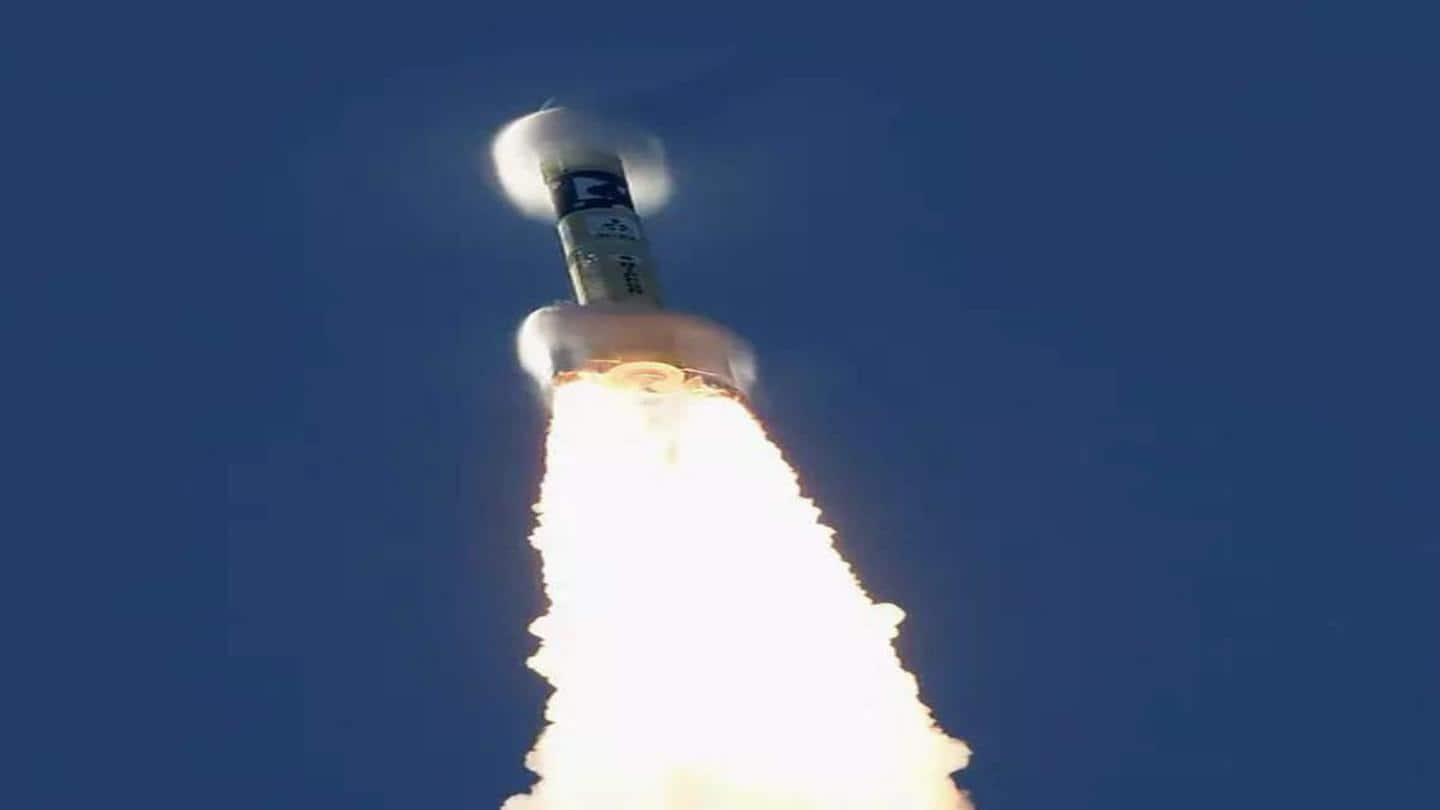
Arab spacecraft closes in on Mars on historic flight
What's the story
A spacecraft from United Arab Emirates was set to swing into orbit around Mars in the Arab world's first interplanetary mission on Tuesday, the first of three robotic explorers arriving at the red planet over the next week and a half.
The orbiter, called Amal, Arabic for hope, traveled 300 million miles in nearly seven months to get to Mars to map its atmosphere.
Other Mars mission
China and US rovers also set to reach Mars soon
Meanwhile, a combination orbiter and lander from China is close behind, scheduled to reach the planet on Wednesday. It will circle Mars until the rover separates and attempts to land on the surface in May to look for signs of ancient life.
A rover from the US named Perseverance is set to join the crowd next week, aiming for a landing on February 18.
Further details
Most Mars missions that attempted to land ended in failure
Perseverance is the first leg in a decade-long US-European project to bring Mars rocks back to Earth to be examined for evidence that Mars once harbored microscopic life.
About 60 percent of Mars missions have ended in failure, crashing, burning, or otherwise falling short in a testament to the complexity of interplanetary travel and the difficulty of making a descent through Mars' thin atmosphere.
Information
US has successfully landed on Mars eight times
If China's rover pulls it off, it will become only the second country to land successfully on Mars. The US has done it eight times, the first almost 45 years ago. A NASA rover and lander are still working on the planet's surface.
About Amal
Amal will join six other spacecrafts orbiting Mars
For the UAE, it is the country's first venture beyond Earth's orbit, making the flight a matter of intense national pride.
The celestial weather station aimed for an exceptionally high Martian orbit of 13,670 miles by 27,340 miles (22,000 kilometers by 44,000 kilometers). It was set to join six spacecraft already operating around Mars, three US, two European, and one Indian.
Further details
Amal's success is crucial to UAE's space program
Amal was expected to perform an intricate, high-stakes series of turns and engine firings to maneuver into orbit.
Its success would be a tremendous boost to the UAE's space ambitions. The country's first astronaut rocketed into space in 2019, hitching a ride to the International Space Station with the Russians. That's 58 years after the Soviet Union and the US launched astronauts.
Information
UAE worked with American researchers to build Amal
In developing Amal, the UAE chose to collaborate with more experienced partners. It worked with researchers at the University of Colorado, the University of California, and Arizona State University. The spacecraft was assembled at Boulder, Colorado, before being sent to Japan for launch last July.
Future plans
UAE hoping to prepare for a future without oil
The car-size Amal cost $200 million to build and launch, which excludes operating costs at Mars. The Chinese and US expeditions are considerably more complicated and expensive because of their rovers. NASA's Perseverance mission totals $3 billion.
UAE is looking for Amal to ignite the imagination of the country's scientists and its youth and help prepare for a future when the oil runs out.